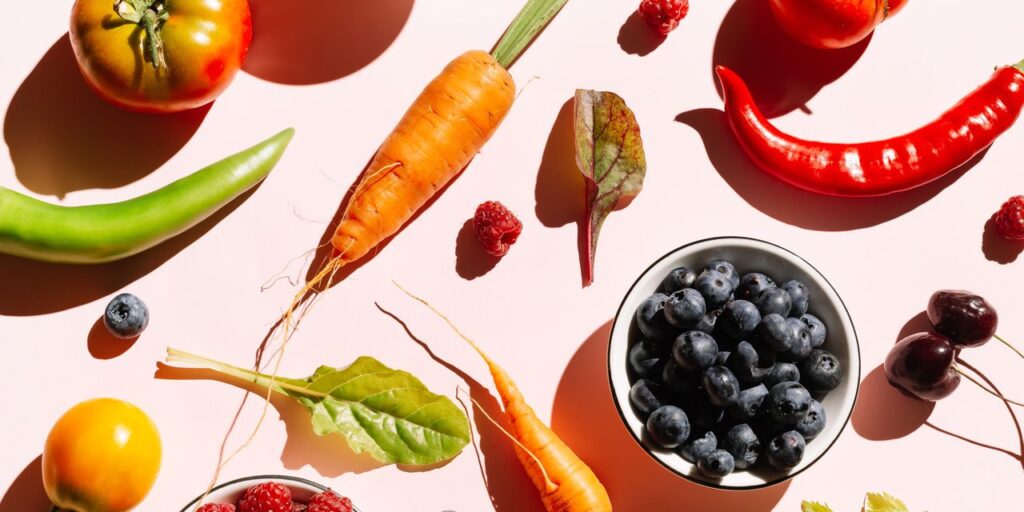You’ve probably heard the adage, “An apple a day keeps the doctor away.” But the opposite can actually be true if you have ulcerative colitis (UC), an inflammatory bowel disease (IBD) that causes symptoms like bloating, cramping, and diarrhea. That’s because apples, as well as other foods like nuts and whole grains, are rich in a nutrient called insoluble fiber that may trigger symptoms or exacerbate them during flare-ups.
Here’s what everyone with UC should know about this type of fiber, including when to avoid it and how to get enough of the nutrient.
Why insoluble fiber can irritate people with UC
While soluble fiber dissolves in water and forms a gel-like substance to bulk up stools and promote digestion, insoluble fiber is generally coarse and remains intact as it goes through the body, making it more challenging to digest, Ritu Nahar, MD, a gastroenterologist with Allied Digestive Health in New Jersey, tells SELF. “With UC, the colon’s lining is inflamed and ulcerated, which makes it more sensitive to rough, bulky fibers,” she explains.
“The irritation it causes can be really uncomfortable,” adds Danielle Barsky, MS, RD, a registered dietitian at Los Angeles’ Cedars-Sinai Medical Center who specializes in treating people with IBD. Insoluble fiber can also trigger symptoms and worsen flares, exacerbating symptoms like diarrhea, cramping, and the urge to go, she adds
What foods have insoluble fiber?
This question isn’t exactly straightforward to answer because many foods contain both types of fiber, says Dr. Nahar. Take apples, for example. The flesh of the apple has soluble fiber, while the skin has insoluble fiber. With broccoli, the florets (a.k.a. the green “tree top” part of the veggie) contain soluble fiber, while the stem has insoluble fiber.
However, generally speaking, insoluble fiber is commonly found in whole grains, bran, legumes, nuts, seeds, produce skins, and tough vegetables and fruits. Common examples that should be avoided include:
- Vegetables like artichokes, asparagus, bok choy, Brussels sprouts, cabbage, celery, collard greens, corn, fennel, green onion, kale, kohlrabi, leeks, lettuce, mushrooms, okra, peas, peppers, radish, snap peas, snow peas, spinach, and Swiss chard.
- Fruits like blackberries, blueberries, cherries, coconut meat, cranberries, dragon fruit, figs, grapes, kiwifruit, olives, passion fruit, pineapple, pomegranate, raspberries, rhubarb, strawberries.
- Grains like amaranth, bran, buckwheat, bulgar, pumpernickel, rye, whole grains, whole spelt, whole wheat, steel cut oatmeal, brown and wild rice, buckwheat, and quinoa.
- Whole nuts and seeds, as well as chunky nut or seed butter spreads.
- Whole legumes, including beans, peas, lentils, edamame, and tempeh.
- Snacks like popcorn, corn chips, and corn nuts.
How your fiber intake should change during a flare
You may have heard conflicting advice about consuming fiber during flare-ups, but it’s essential for proper nourishment and maintaining a well-functioning digestive system. “During a flare, patients often feel too nauseated or weak to eat, and high-fiber foods may seem unappetizing,” says Dr. Nahar. “They may gravitate toward bland carbohydrates like white bread, crackers, or plain rice, which are easier to digest but lower in fiber.”


